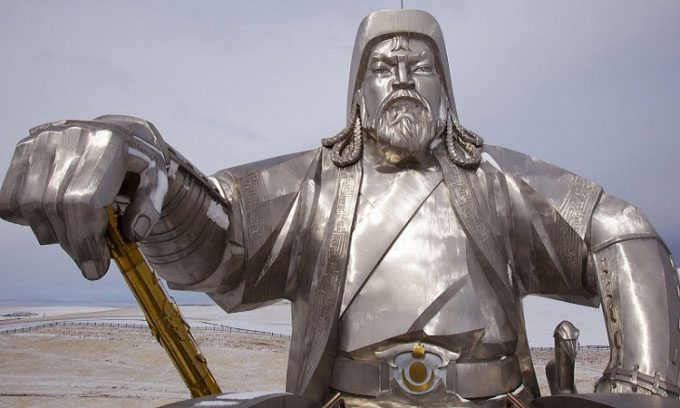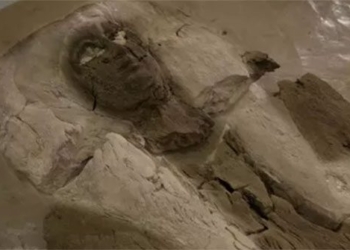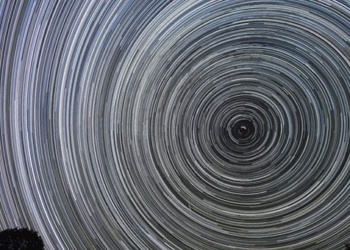Researchers Have Yet to Find the Tomb of Genghis Khan and His Remains.

Statue of Genghis Khan on the banks of the Tuul River in Mongolia. (Photo: Dream Time)
Genghis Khan unified Mongolia and created a vast empire that stretched from the Pacific Ocean to Ukraine before his death in 1227. However, researchers have not yet found the location of his tomb. One possibility is that Genghis Khan was buried in Khentii Province in eastern Mongolia, where he was born. Nancy Steinhardt, a professor of East Asian art at the University of Pennsylvania Museum, speculates that the tomb is located in the mountainous region of Khentii Province.
According to a study published in 2014 in the journal PLOS One, there are no historical or archaeological documents describing the appearance of the tomb. Scientists used satellite imagery to search for the tomb. The satellite survey identified a series of ruins, but none of them were Genghis Khan’s tomb.
The Secret History of Mongolia, the oldest surviving literary work in the Mongolian language, does not mention his tomb. The text, written in 1227, states that Genghis Khan “ascended to heaven.” However, the text indicates that Genghis Khan paid great attention to Burkhan Khaldun, a sacred mountain in Khentii Province. In his youth, he used the mountain’s terrain to escape from enemies. Therefore, many scholars suspect that he was buried there, but to this day, no traces of the tomb have been found.
When he died at the age of 67, Genghis Khan was commanding troops in battle against the Xi Xia in what is now northwestern China. Thus, it was difficult to bring his body back to Mongolia, according to historian Frank McLynn. He may have been 500 kilometers from the Mongolian border. The Mongols of that time did not know the technique of mummification and were forced to bury Genghis Khan elsewhere because they could not transport his body home before it decomposed. It is possible that Genghis Khan’s remains and his tomb lie in the Ordos region of northwestern China.
Explorer Marco Polo (1254 – 1324), who lived in China for 17 years, revealed that 20,000 people who knew the location of the tomb were killed to keep the secret in his book “The Travels of Marco Polo.” The accuracy of Polo’s account remains a controversial topic among modern historians.




















































